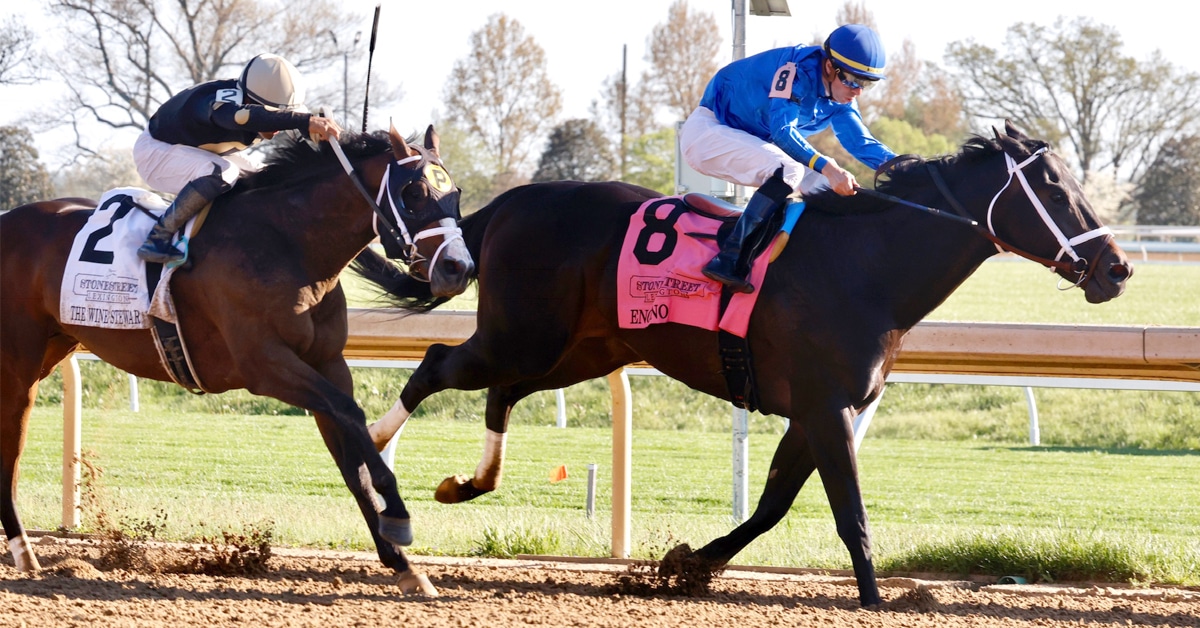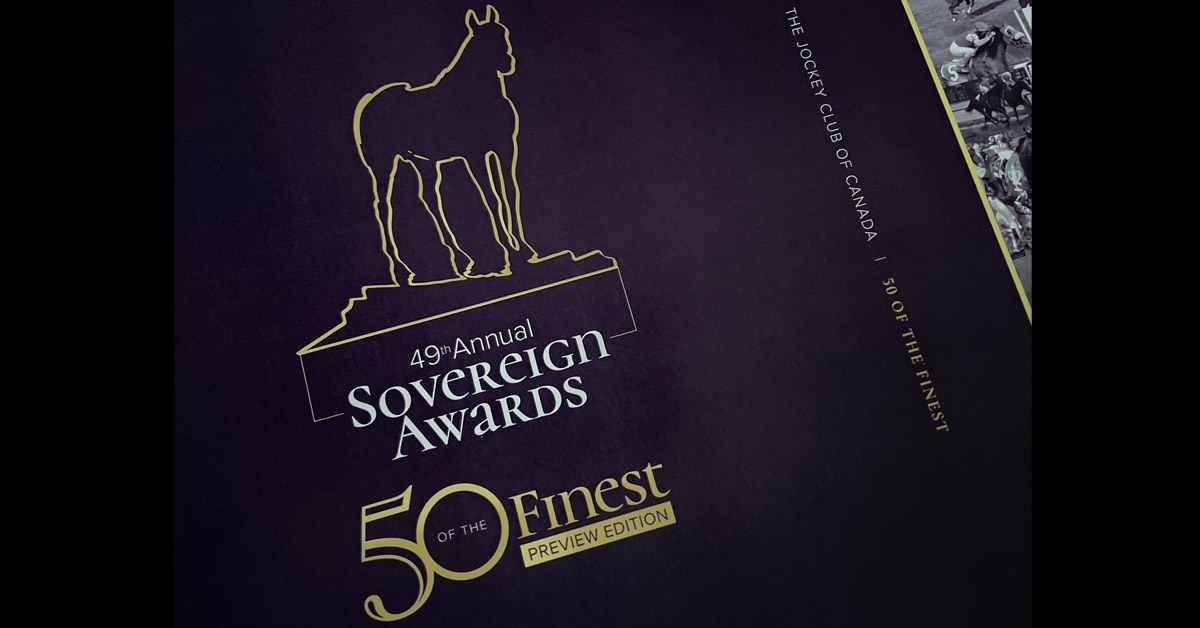The cancellation of Ontario’s Slots at Racetrack Program (SARP) has necessitated a lengthy and critical review of how the province’s vital horseracing industry might move forward to a future of profitable growth and true self-sustainability. This is, by no means, a simple task or one to be taken lightly. Patchwork “fixes” are not an option when an entire industry’s future is at stake. A real solution to a problem this complex, unfortunately, takes more than a few months to achieve. In order to provide the time to affect a strategic, long term plan, the government of Ontario, as you know, has provided $500,000,000 over 5 years to help stabilize the industry in the interim.
In the meantime, a group of key stakeholder organizations has been meeting regularly and collegially to envision, agree upon and provide ongoing support for such a plan.
Senior representatives from the provincial government, the Ontario Lottery and Gaming Corporation (OLG), racing and gaming regulators and the Ontario Horse Racing Industry Association (OHRIA) on behalf of horse people, racetrack operators, breeders and owners, continue working in earnest to design a roadmap for success. This group is tackling a number of complex and time-consuming challenges including:
1. Optimizing the OLG’s evolving approach to the modernization of its facilities and products with its obligations to meet government revenue demands as well accommodate a fully integrated partnership with the provincial racing industry.
2. Looking for opportunities to create and grow new revenues for both the racing industry and OLG.
3. Equipping government ministries such as finance and agriculture and food with the proper resources to assist in the growth and sustainability of racing.
4. Tasking regulatory bodies such as the Ontario Racing Commission (ORC) and the Alcohol and Gaming Commission of Ontario (AGCO) to reorganize in order to meet the demands of racing and gaming integration, including the potential revision of significant legal and regulatory barriers to new programs.
5. Effecting day-to-day racing industry self-governance to ensure the smoothest possible path to industry sustainability, the most effective relationship with the OLG and regulators and the most effective reporting relationship with the provincial government.
6. Broadening public interest in horse racing through planning for an integrated, province-wide marketing campaign designed to impact current and future generations of potential new racing and gaming enthusiasts.
7. Coordinating and cooperating on market initiatives and interactive communications.
8. Planning for the implementation of the best and most relevant ideas presented by members of the public to racing’s transition panel as part of the long term plan to sustain racing.
Frankly, getting this many groups and individuals on the same page on this many weighty issues is never easy regardless of the industry in question. All have strong opinions, diverse points of view and each one really wants to make a positive contribution to the process. It is also true that the OLG has gone through a protracted leadership change in the midst of its wide-ranging modernization initiative.
Now, under the leadership of new OLG CEO, Stephen Rigby, this industry restructuring committee is moving rapidly toward answers to all of the above challenges. In fact, hands on task forces have been working, in some cases for many months, on each topic. The good news is that meaningful executive meetings are now occurring with regularity and solid progress is being made.
All parties are aware of the uncertainty and anxiety being suffered every passing day by industry participants at all levels. Please be assured that the people and organizations responsible for the racing industry renewal are moving forward. We are taking the time, as precious as it is, to get it right for a strong, vibrant racing industry both in the near future and for future generations.
For inquiries call
OHRIA
416-679-0741
More from Canadian Thoroughbred:





